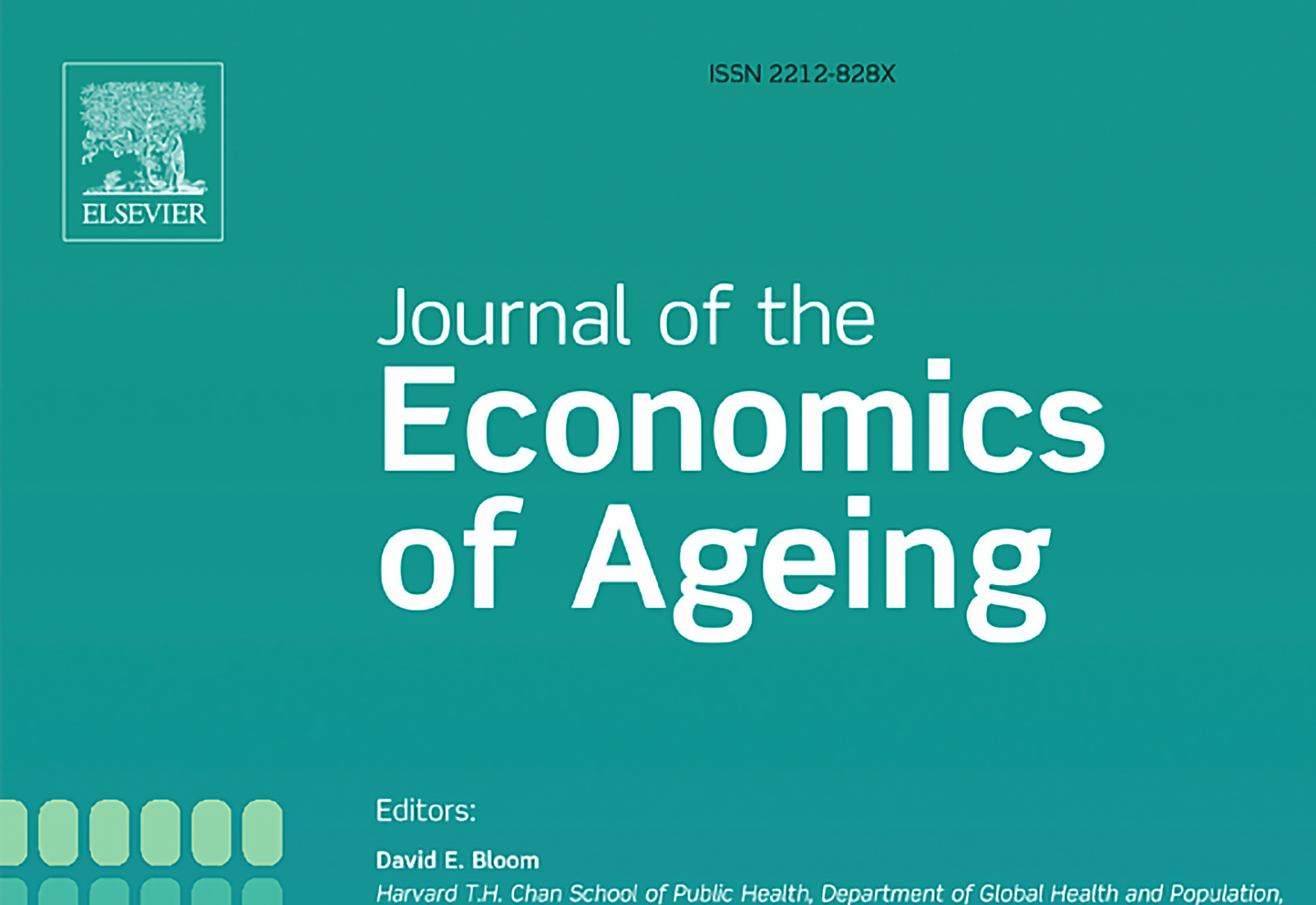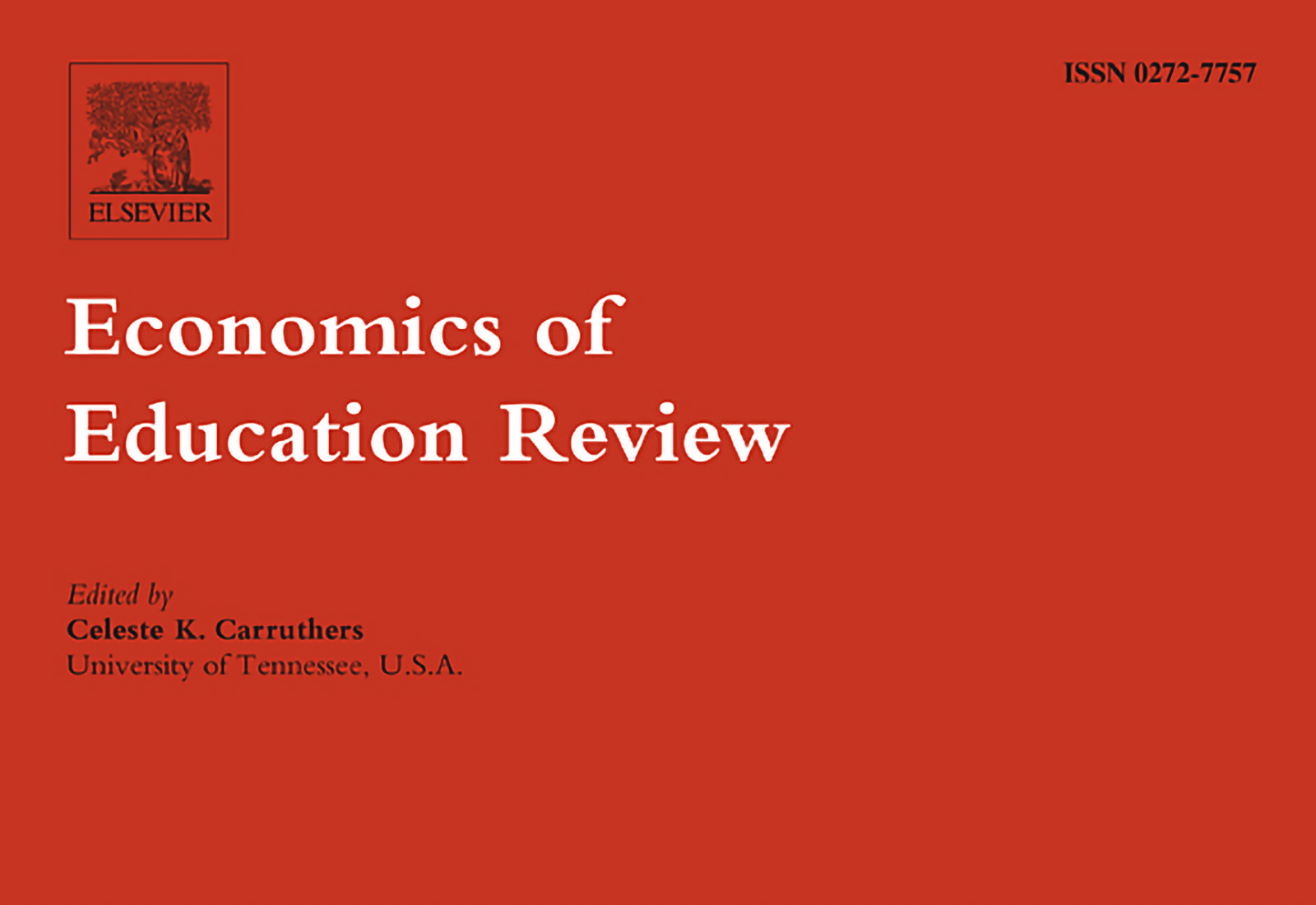Does a leverage ratio requirement increase bank stability?
Abstract
Basel III has introduced a non-risk-weighted leverage ratio requirement (LRR) which complements the internal ratings based (IRB) capital requirements. It provides a backstop against model risk which arises if some loans get incorrectly rated and become toxic. We study the effects of the LRR on lending strategies and its implications for banks’ stability. We show that the LRR might induce banks with low-risk lending strategies to diversify their portfolios into high-risk loans until the LRR is no longer the binding capital constraint on them. If the LRR is lower than the average bank’s IRB requirement, the aggregate capital costs of banks do not increase. However, because the diversification makes banks’ portfolios more alike the banking sector as a whole may become more exposed to model risk in each loan category. This may undermine banking sector stability. On balance, our calibrated model motivates a significantly higher LRR than the current one.
Julkaisun tiedot
Kiema, I. & Jokivuolle, E. (2014), Does a leverage ratio requirement increase bank stability? Journal of Banking & Finance, 39, 240–254.
- ISSN: 0378-4266

- Ilkka Kiema
- tutkimusohjaaja
- Puh. +358-40 940 2287
- ilkka.kiema@labore.fi
- Tutkijaprofiili


